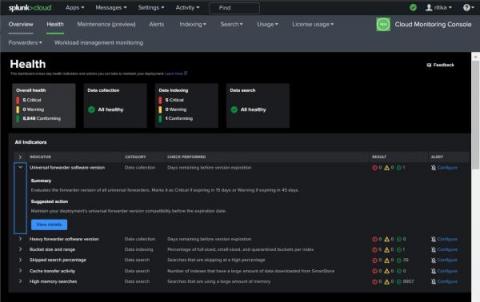Technical Education Can Drive Long Term Success for Organizations
Technology drives so many aspects of our lives in today’s fast paced world. Keeping up with how technology helps us in our work and personal lives is challenging and it's sometimes unclear as to how to go about learning new technology skills to drive business resilience across an organization.





















